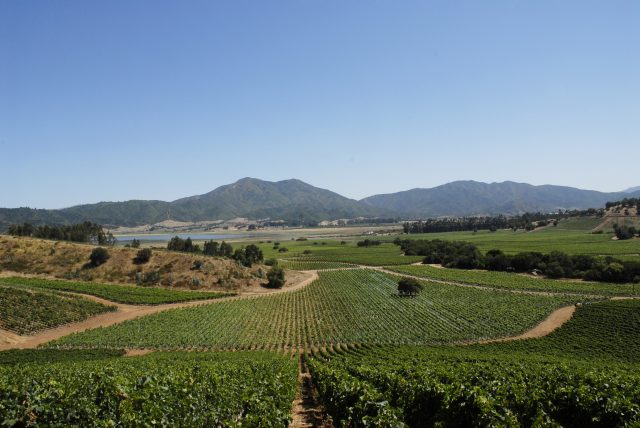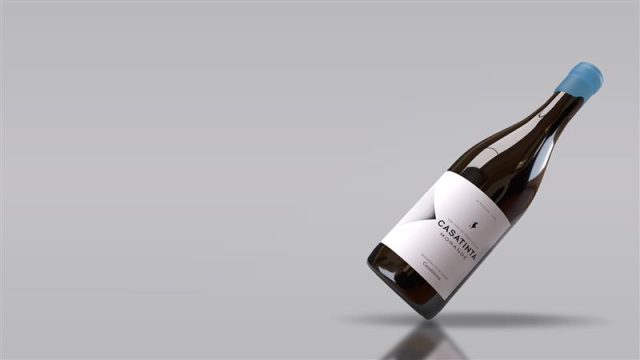This website uses cookies so that we can provide you with the best user experience possible. Cookie information is stored in your browser and performs functions such as recognising you when you return to our website and helping our team to understand which sections of the website you find most interesting and useful.
Morandé sees ‘potential’ of Casablanca reds
Chilean wine group Morandé has launched a premium Casablanca wine that goes against the region’s viticultural traditions.

Casablanca is very much a white wine region, with the latest figures from Wines of Chile showing that the most widely-planted varieties in the valley are Sauvignon Blanc (2,235 hectares) and Chardonnay (1,420ha). By contrast, the most planted red grape, Pinot Noir, makes up just 853ha.
“In Casablanca we tend to produce white varieties, but we started to plant red ones – not Pinot Noir, nor Merlot, which are also grown in Casablanca,” explained Morandé’s chief marketing officer Andrés Alvarado when speaking to the drinks business at this year’s ProWein.
Pinot Noir and Merlot are the red varieties typically favoured in Casablanca due to the region’s cooler climate, a consequence of its relative proximity to the Pacific Ocean, and the Humboldt Current that runs northwards, adjacent to Chile and Peru.
But the varieties Morandé opted for arguably go against the received wisdom of what to plant in a climate like Casablanca’s.
Hailing from the 2020 vintage, Morandé Casatinta is a blend of 72% Malbec, 24% Syrah and 4% Cabernet Franc, sourced from two blocks in Morandé’s Belén property in the Lo Ovalle sector of Casablanca.
“In Chile, both hot and cool climates can produce great Syrah,” suggested Alvarado.
Indeed, Syrah is not unheard of in Casablanca, though the region only has around 107ha of the variety’s vines.
The Malbec, which forms the majority of the blend, was planted 10 years ago on a west-facing hillside with red granite soils. The Syrah, which was planted 12 years ago on Algarrobo hill, was grown on granitic soils with a high quartz content. The Cabernet Franc came from 15-year-old vines, planted on soils that were a mixture of granite, sand and clay. All the fruit was harvested by hand.
In the cellar, the fruit was cold macerated for three-to-five days, and fermented in open-topped oak and cement tanks with 20% whole clusters. Periodic punching down of the cap was used in order to more gently extract the tannins. It was then aged in oak for a total of 16 months – 12 in 300 litre barrels, the remaining four in 2,000 litre foudres (French oak, 30% new).

At 13% ABV, it is certainly not the big, gutsy red that one might expect upon reading the blend, a consequence of the cooler conditions the grapes were grown in. Though still fresh, it actually has slightly lower acidity than one might expect for a Casablanca Wine, with a pH of 4.41.
Tasting notes include red plum, black cherry, red cherry, violets and cloves.
“The name is a play on Casablanca, with ‘blanca’ meaning white, and ‘tinta’ referring to a red wine.”
Alvarado revealed his hopes that Casatinta will be something of a trailblazer for the production of Casablanca reds.
“We’re also talking with other members in Casablanca, including Vigno, the association for old vine Carignan, so it could be that other wineries produce Casatinta in the future. We don’t mind,” he explained. “What we want is to bring awareness of the potential of red varieties in Casablanca. This might become an association.”
Morandé Casatinta 2020 has an RRP of £39.99 and is distributed in the UK by Berkmann Wine Cellars.
Related news
Viña Maquis: why 2014 and 2020 were right for this year's La Place campaign
Will 2025 prove a 'reckoning' for the hors Bordeaux campaign?

